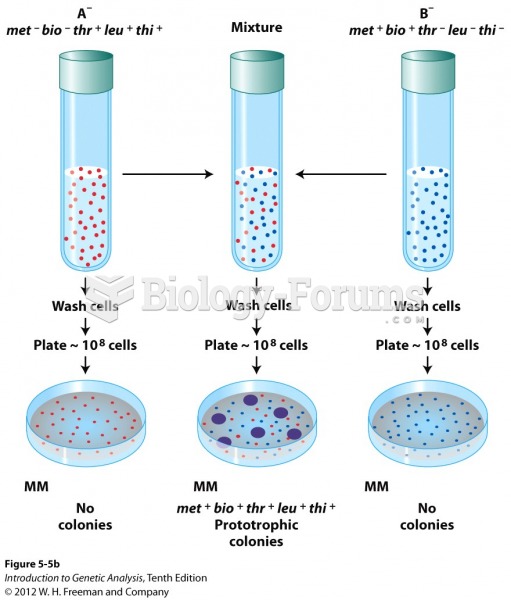After reading the paragraph below, answer the questions that follow.
The corporation Bayer produces an herbicide called Liberty
® and the LibertyLink
® soybean, a genetically modified soybean that is resistant to this herbicide. The genetic modification allows soybeans to produce a protein that is able to destroy the Liberty
® herbicide. Thus, when a farmer sprays the Liberty
® herbicide on a weed-infested field of LibertyLink
® soybeans, only susceptible weeds, and not the farmer's soybean crop, die. One weed that farmers would like to get rid of is dodder (
Cuscuta pentagona) a plant that uses chemical cues to find other plants such as soybeans. When a soybean plant is found, dodder wraps its leafless stems around the soybean and uses modified roots to tap into the soybean's vascular system. Because of the physical connection between a soybean plant and dodder, scientists hypothesized that dodder could obtain substances from the soybean plant other than nutrients, sugar, and water. They predicted that dodder would be able to gain the protein that destroys the Liberty
® herbicide. They tested this hypothesis by growing dodder on LibertyLink
® soybeans and then applying the Liberty
® herbicide to see if the dodder would die. Their results are displayed in the table.
| | Concentration of Herbicide (g/L) |
| Treatment | 0 | 0.36 | 0.72 | 3.6 |
| Dodder on LibertyLink® soybean | Survived | Survived | Survived | Died |
| Dodder on normal soybean | Survived | Died | Died | Died |
Source: Adapted from Jiang, L., Qu, F., Li, Z., & Doohan, D. (2013). Inter‐species protein trafficking endows dodder (Cuscuta pentagona) with a host‐specific herbicide‐tolerant trait.
New Phytologist, 198(4), 1017-1022.
Can the scientists conclude that the protein that destroys the herbicide is transferred to dodder from the soybean plant?
◦ Yes, because the dodder on the LibertyLink
® soybean survived when lower concentrations of the herbicide were applied, while the dodder on normal soybean did not.
◦ No, because all dodder survives when no herbicide is applied.
◦ Yes, because the dodder on the normal soybean survived when lower concentrations of the herbicide were applied, while the dodder on LibertyLink
® soybean did not.
◦ No, because all dodder dies at high concentrations of the herbicide.







